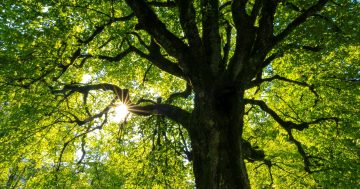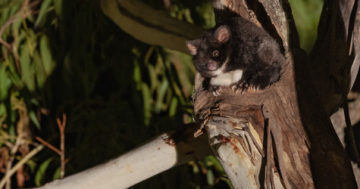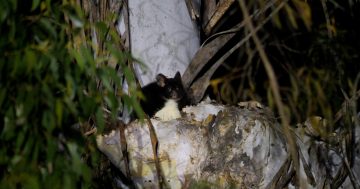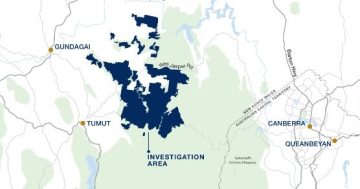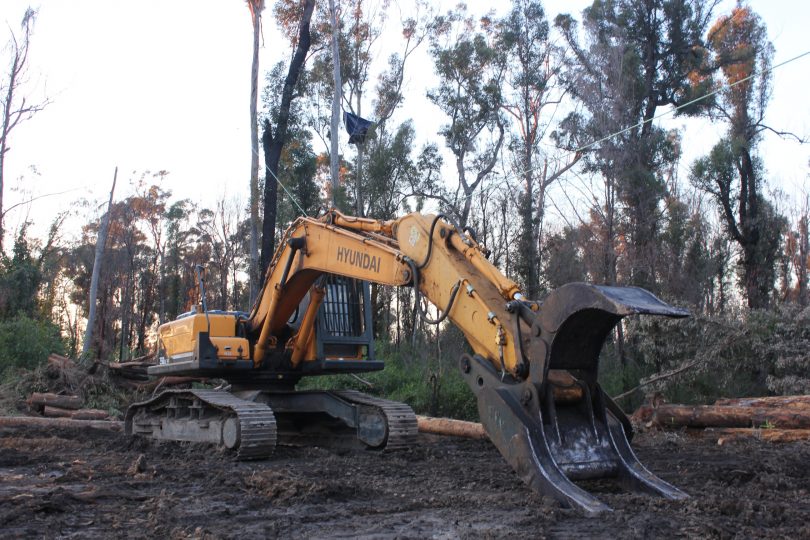
Protests have taken place in Mogo State Forest over logging in the past. Photo: James Tremain.
The Forestry Corporation of NSW (FCNSW) has been ordered to pay a fine and legal costs totalling $104,000 after it illegally took down protected trees in a South Coast state forest.
A logging operation had taken place in March 2020 at Mogo State Forest, which is south of Batemans Bay.
In 2022, the NSW Environment Protection Authority (EPA) issued three $15,000 penalty infringement notices to FCNSW for allegedly felling hollow-bearing trees across three areas in the forest.
The FCNSW challenged one of these notices in the Bega Local Court last year, before Magistrate Doug Dick handed down his decision in the Batemans Bay Local Court in December.
Under the site-specific operating conditions that followed the 2019/20 Black Summer bushfires, FCNSW was required to permanently retain all hollow-bearing trees to prevent the loss of habitat for hollow-dependent species, the EPA said.
“Following the challenge, FCNSW was found guilty of the offence under the Forestry Act 2012 in Bega Local Court in November 2023,” the EPA said.
“The magistrate was satisfied all four trees had visible hollows before they were cut down.”
FCNSW was ordered to pay a fine of $20,000 as well as $84,340 to the EPA as legal costs.
A spokesperson for the corporation said that during the operation, Forestry undertook searches and identified and preserved hundreds of hollow-bearing trees.
“Forestry Corporation and the EPA had differing opinions as to whether the hollows in four trees were visible from the ground before they were felled,” the FCNSW spokesperson said.
“Forestry Corporation is committed to complying with the ruleset and ensuring habitat is protected during its operations.”
EPA executive director of regulatory operations Jason Gordon said the court’s decision supported the EPA’s position that the visibility of tree hollows must be assessed broadly and requires scrutiny from several angles.
“All hollow-bearing trees, living or dead, are important because they provide vital habitat for endangered and native species,” he said.
“They can take decades to naturally form and provide a necessary refuge for animals from the weather and predators, as well as safe sites for roosting and breeding.
“Any decrease in the availability and variety of tree hollows can lead to a significant loss of species diversity and abundance.”
Mr Gordon said the decision was a great result for the EPA and signified the care needed when conducting forestry operations to comply with conditions and ensure homes for wildlife were protected.
Magistrate Dick also ordered FCNSW to publicise the orders made against it in media outlets to send a message of deterrence.







